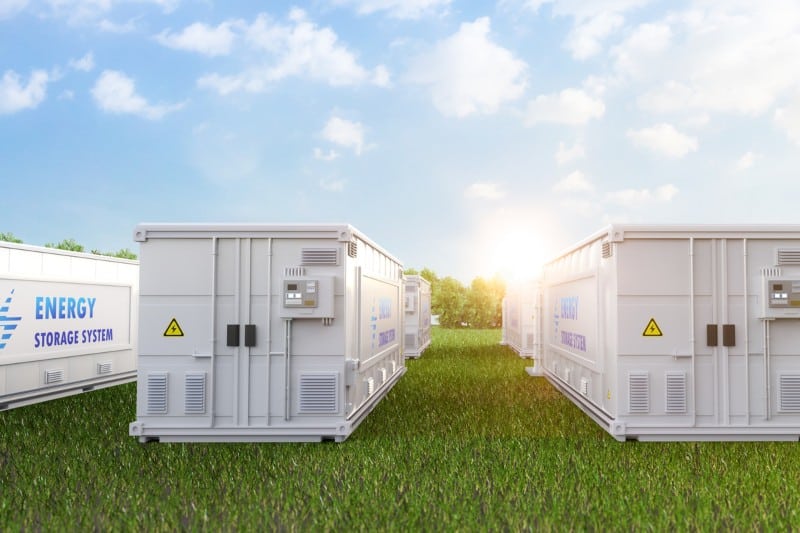Comparative Study of Photovoltaic (PV) and Photovoltaic-Thermal (PVT) Systems in India
Introduction
A research group in India conducted an experimental comparison of photovoltaic (PV) and photovoltaic-thermal (PVT) systems under real-world conditions. The study emphasized the significant stability advantages of PVT installations, particularly in hot climates, aligning with Sustainable Development Goal (SDG) 7: Affordable and Clean Energy.
Experimental Setup and Methodology
- Installation: Both PV and PVT systems were installed on a rooftop at an undisclosed location.
-
Equipment: The setup included:
- PV and PVT modules
- Pyranometers and thermometers
- A gravity-fed cooling system integrated into the PVT system
- Data Analysis: Researchers applied a machine learning technique, Random Forest, to classify the operational efficiency of the systems.
Innovative Approach
The study’s novelty lies in its integrated approach, combining:
- Real-time field experimentation
- Machine learning-based efficiency classification
- Detailed thermal-electric performance comparison using perovskite modules
This approach contrasts with previous studies that primarily relied on simulations or isolated laboratory experiments, thereby supporting SDG 9: Industry, Innovation, and Infrastructure.
System Specifications
- PV System: Monocrystalline silicon module with 60 W maximum power, 15.2% efficiency, 36 cells, dimensions 680 × 540 × 35 mm.
- PVT System: Also used a 60 W monocrystalline silicon module; thermal collector composed of a copper pipe embedded in an aluminum absorber plate with water as the working fluid, achieving peak thermal efficiency of 43.37%.
Data Collection and Analysis Period
The analysis was conducted over 10 days in July 2024. Data from cloudy or rainy periods were excluded due to inconsistent solar radiation. Average global solar radiation data were sourced from the Natal-A304 meteorological station operated by Inmet.
Performance Results
-
PV System:
- Electrical power output ranged from 35.85 W to 49.55 W
- Electrical efficiency ranged from 6.62% to 8.43%
-
PVT System:
- Electrical power output ranged from 36.21 W to 49.54 W
- Electrical efficiency ranged from 7.25% to 8.67%
- Maximum thermal efficiency of 43.37%
- Thermal power generation up to 315.6 W
Machine Learning Model Accuracy
The Random Forest model achieved a 97% prediction accuracy in classifying system performance into low-, moderate-, and high-efficiency zones. This predictive modeling approach was experimentally verified using hourly data, enhancing its applicability for real-time monitoring and control, thereby contributing to SDG 12: Responsible Consumption and Production.
Key Findings and Implications
- The study demonstrated a 291.6% increase in thermal energy output compared to electrical output in PVT systems.
- PVT systems exhibit superior performance and stability advantages, especially in hot environments, supporting SDG 13: Climate Action.
- The integration of machine learning for efficiency classification promotes innovation in renewable energy technologies.
Publication and Contributors
The findings were published in the article “Enhancing solar energy efficiency through comparative analysis of photovoltaic and hybrid photovoltaic-thermal systems” in Solar Energy Materials and Solar Cells. The research team included members from India’s Government College of Technology, Annapooranaa Engineering College, Hindusthan College of Engineering and Technology, Saveetha University, and Chitkara University.
Conclusion
This study underscores the potential of PVT systems to advance sustainable energy solutions by improving efficiency and stability under real-world conditions. The integration of experimental research with machine learning techniques aligns with multiple Sustainable Development Goals, fostering innovation and climate resilience in the renewable energy sector.
1. Sustainable Development Goals (SDGs) Addressed
- SDG 7: Affordable and Clean Energy
- The article focuses on improving solar energy systems (PV and PVT), which directly relates to ensuring access to affordable, reliable, sustainable, and modern energy for all.
- SDG 13: Climate Action
- The development and optimization of solar energy technologies contribute to reducing greenhouse gas emissions and combating climate change.
- SDG 9: Industry, Innovation, and Infrastructure
- The research incorporates advanced technologies such as machine learning (Random Forest) and innovative solar module designs (perovskite modules), promoting sustainable industrialization and fostering innovation.
2. Specific Targets Under the Identified SDGs
- SDG 7 Targets
- Target 7.2: By 2030, increase substantially the share of renewable energy in the global energy mix.
- Target 7.3: By 2030, double the global rate of improvement in energy efficiency.
- SDG 13 Targets
- Target 13.1: Strengthen resilience and adaptive capacity to climate-related hazards and natural disasters in all countries.
- Target 13.2: Integrate climate change measures into national policies, strategies, and planning.
- SDG 9 Targets
- Target 9.5: Enhance scientific research, upgrade the technological capabilities of industrial sectors in all countries.
3. Indicators Mentioned or Implied to Measure Progress
- Energy Efficiency Indicators
- Electrical efficiency percentages of PV and PVT modules (e.g., 6.62% to 8.67%).
- Thermal efficiency of PVT systems (up to 43.37%).
- Thermal power output compared to electrical power output (e.g., 291.6% increase in thermal energy output).
- Performance Stability Indicators
- Operational efficiency classification accuracy using machine learning (Random Forest model with 97% prediction accuracy).
- Performance under real-world dynamic environmental conditions, especially in hot climates.
- Renewable Energy Utilization
- Measurement of solar radiation using pyranometers and meteorological station data to assess solar energy availability.
4. Table of SDGs, Targets, and Indicators
| SDGs | Targets | Indicators |
|---|---|---|
| SDG 7: Affordable and Clean Energy |
|
|
| SDG 13: Climate Action |
|
|
| SDG 9: Industry, Innovation, and Infrastructure |
|
|
Source: pv-magazine.com







